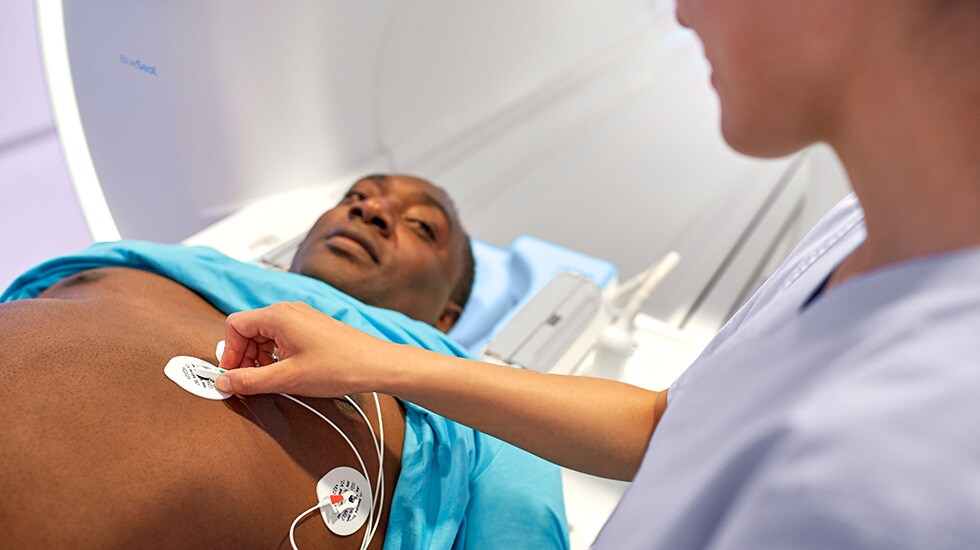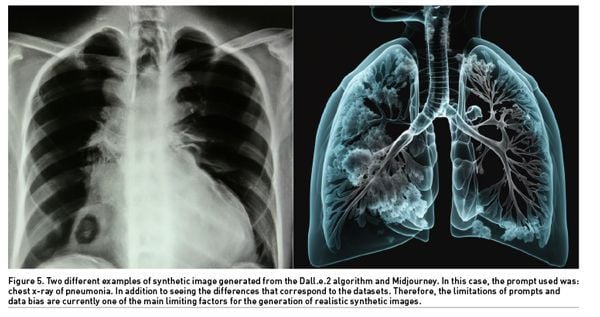By 2030, a significant transformation is expected to occur in the field of radiology with the widespread integration of generative AI technology into everyday practice. This prediction was collectively agreed upon by a group of radiologists at a recent conference in Chicago. The use of artificial intelligence in medical imaging has been steadily increasing, with algorithms designed to analyze CT scans, MRIs, and X-rays comprising more than three-quarters of AI-based devices authorized by the FDA.
The Rise of Generative AI in Radiology
During the annual meeting of the Radiological Society of North America, the focus shifted towards the next evolution of AI in radiology – large language models (LLMs). These innovative models are being leveraged to streamline radiology documentation, with a plethora of products utilizing LLMs showcased at the event. Several sessions delved into the potential of LLMs to enhance radiology reports, which serve as crucial communication tools for radiologists when conveying their interpretations to referring clinicians and patients.

"What we see in the hall has changed dramatically over a year," remarked Weill Cornell radiologist George Lee Shih during a panel discussion on the future of LLMs in radiology reports. Shih, who is affiliated with Open AI and the AI radiology reporting company MD.ai, expressed his belief in the transformative power of these tools. He even suggested that LLMs could become so advanced that they might eventually be able to anticipate radiologists' interpretations.
The Impact of Generative AI
Generative AI is poised to revolutionize the field of radiology by enhancing workflow efficiency, improving diagnostic accuracy, and ultimately augmenting patient care. By automating routine tasks such as documentation and report generation, radiologists can allocate more time to complex case analysis and direct patient interaction. Additionally, the integration of AI-driven technologies like LLMs holds the promise of standardizing reporting practices and facilitating seamless information exchange among healthcare providers.

As the healthcare industry continues to embrace digital innovations, the role of AI in radiology is set to expand further, driving advancements in image interpretation, treatment planning, and outcome prediction. While the widespread adoption of generative AI technologies may still be on the horizon, the current momentum indicates a paradigm shift towards a future where AI-powered radiology becomes the new standard of care.
For more insights and updates on the intersection of technology and healthcare, subscribe to STAT+ for exclusive stories and in-depth analysis.

Your data privacy is important to us. Read our Privacy Policy and Terms of Service to learn more about how we handle your information and communication preferences.




















